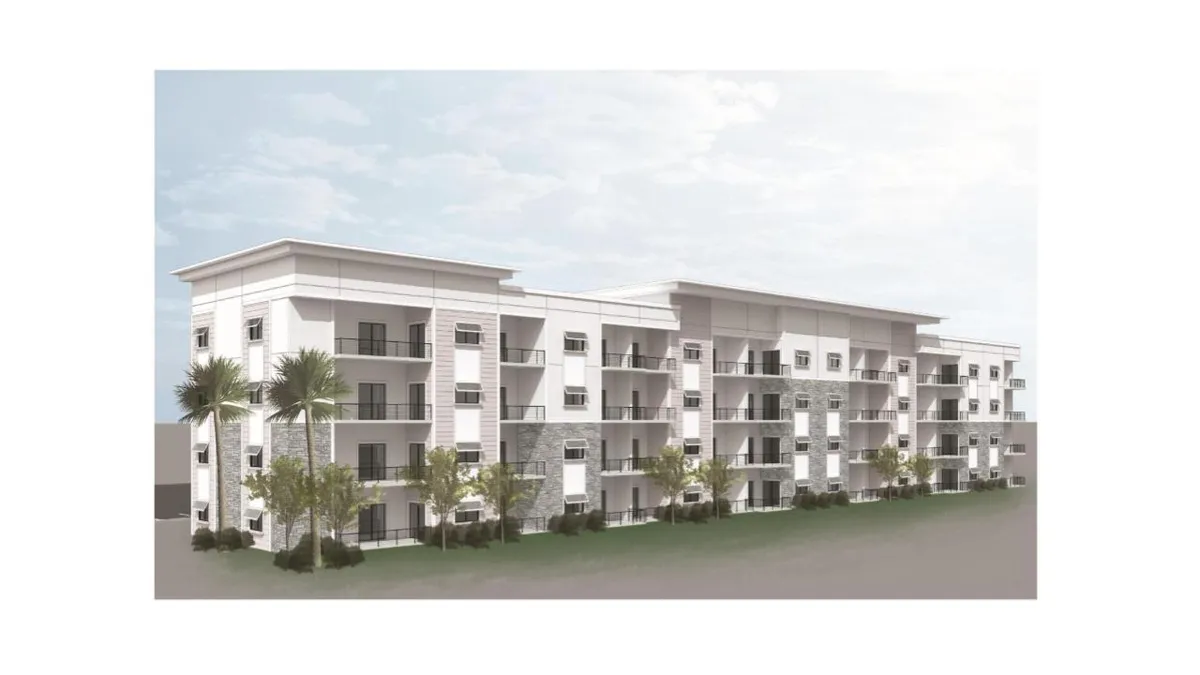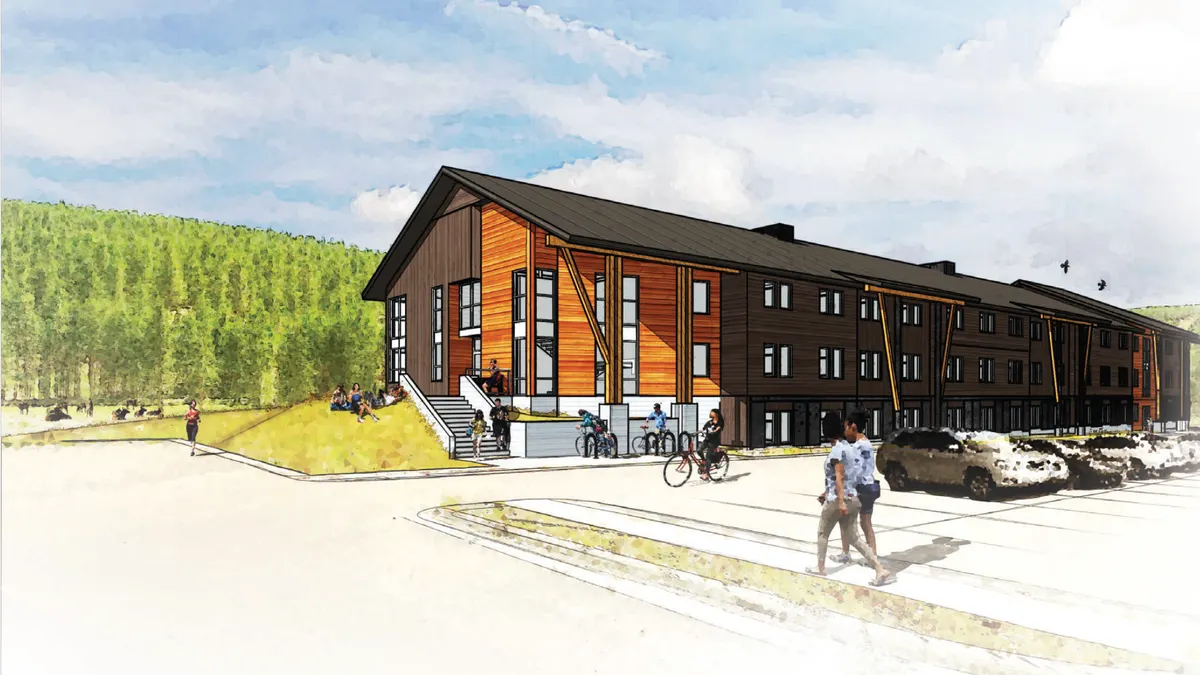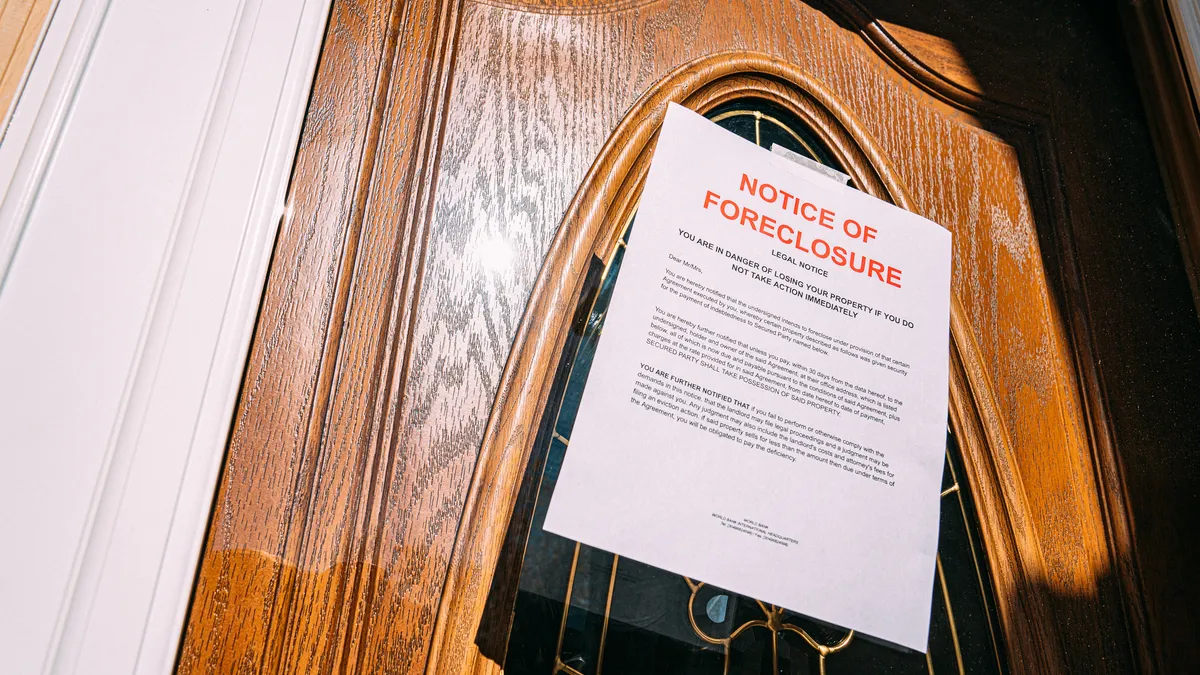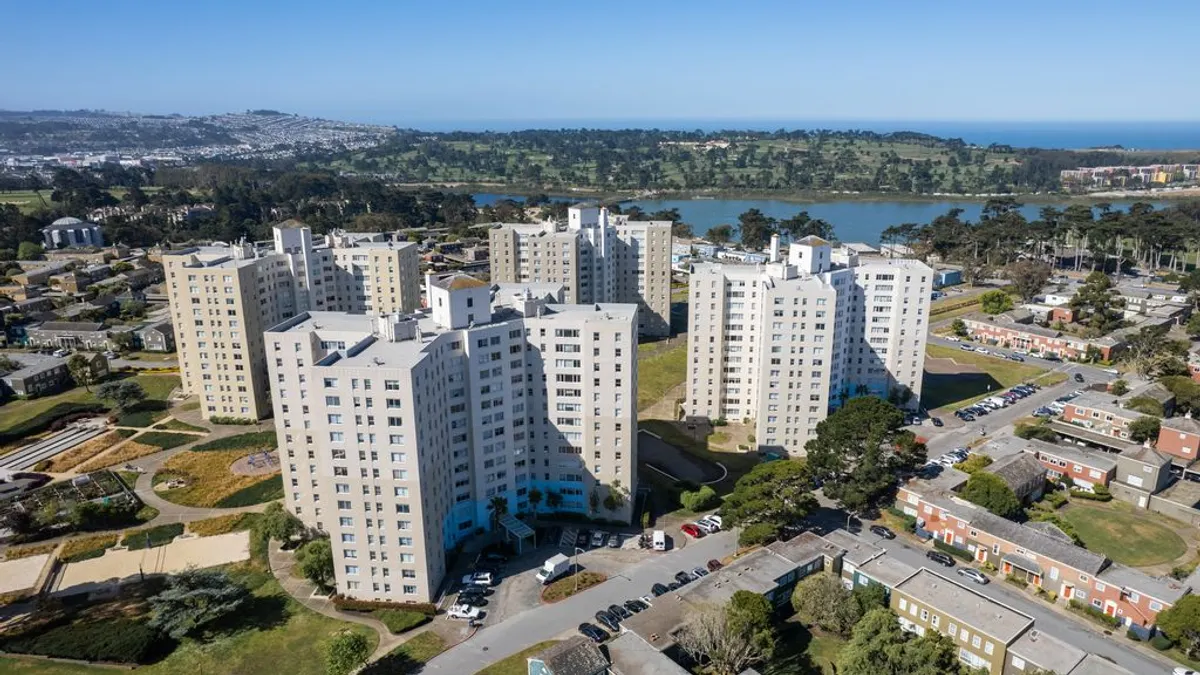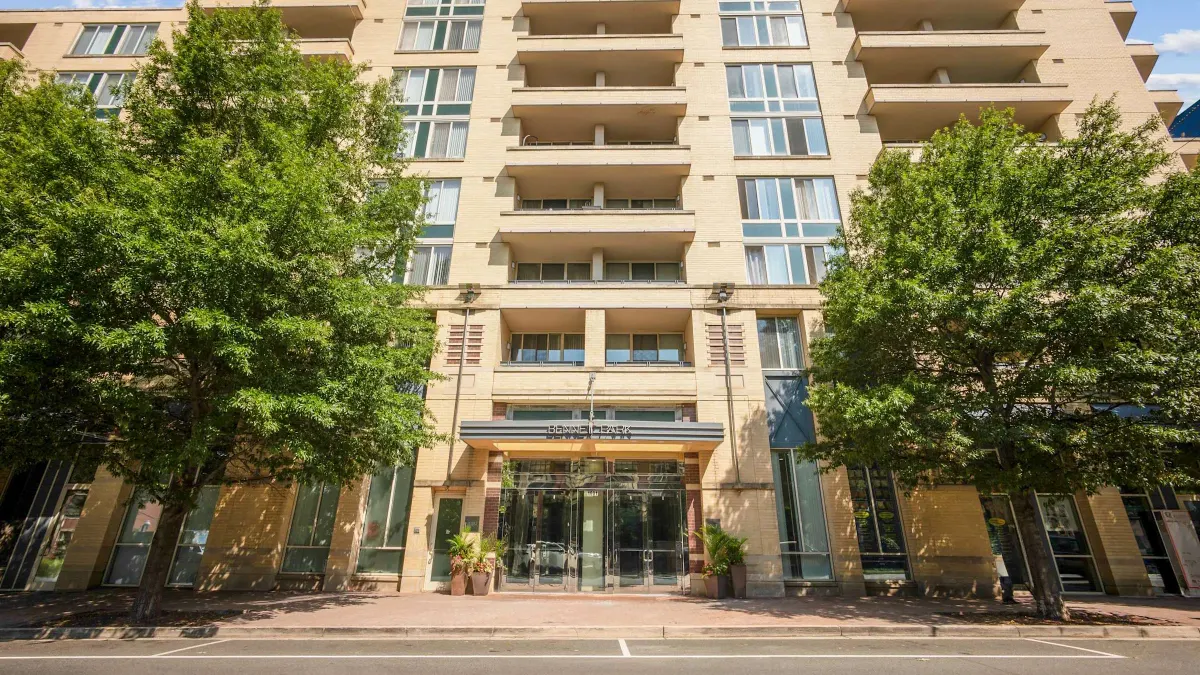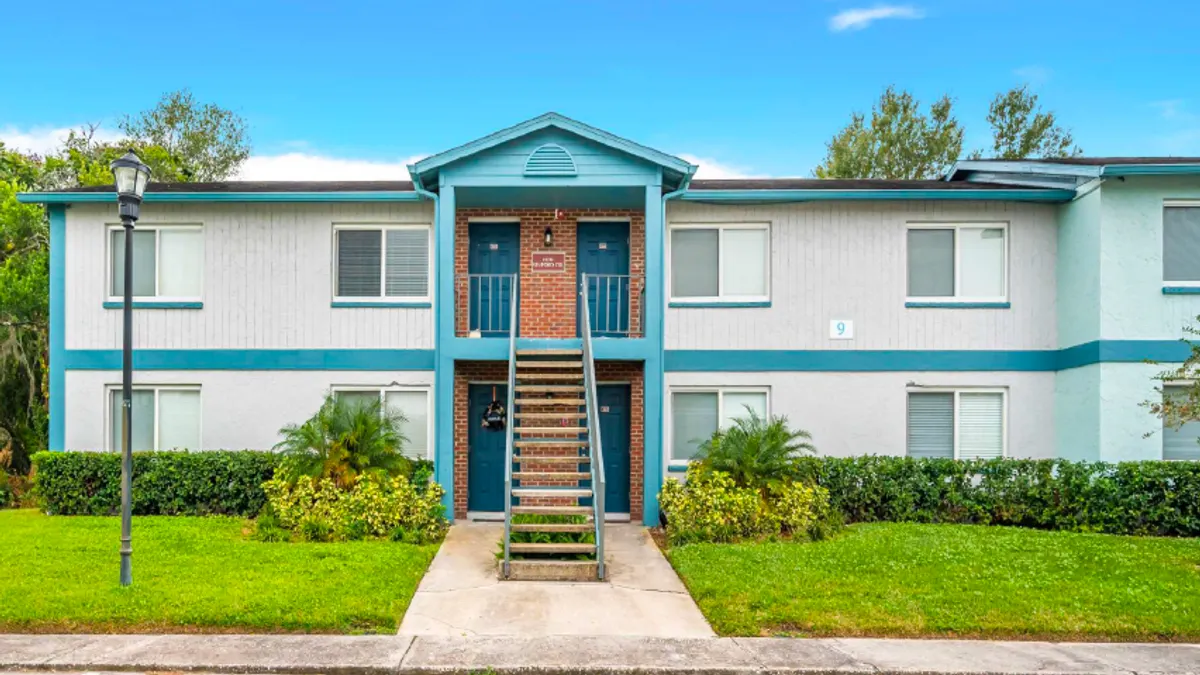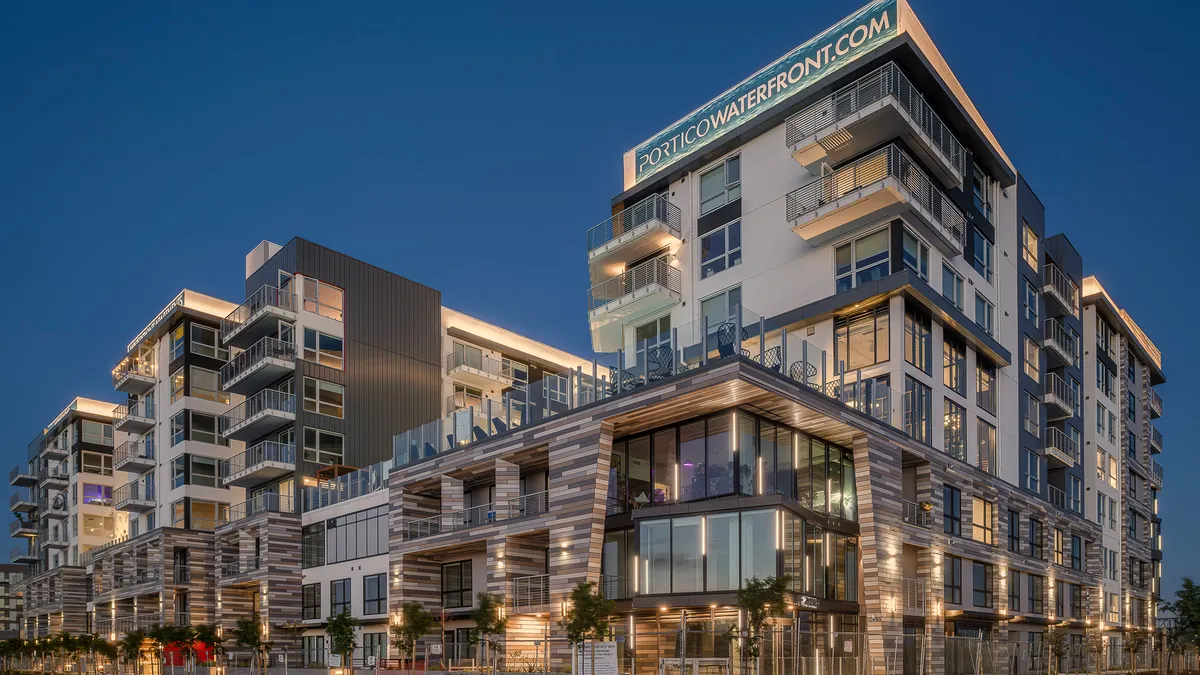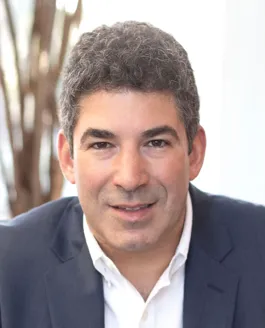
It’s hard enough to develop apartment properties amid a shrinking pool of lenders and persistently high materials, labor and land costs.
But more than in any other parts of the country, developers in Texas and Florida face another impediment to starting new properties — high insurance costs.
You can count Doug Faron among that group. The managing partner at West Palm Beach, Florida-based developer Shoreham Capital has seen his insurance costs jump from $600 to $800 per unit at the start of the year to $1,200 to $3,500 per unit in the last four months.
Faron, who spent the last 15 years at the CIM Group overseeing their East Coast investment business before launching Shoreham Capital in 2022, said these price increases can cause delays, affect site selection and even kill deals altogether.
As Shoreham looks to get its development pipeline up and running, these costs are causing issues. Right now, the company is building 800 units – split evenly between traditional apartments and build-to-rent townhomes.
“We're continuing to see a much slower pipeline,” Faron said. “It's much, much more difficult to find a project that pencils between the cost of capital, cost of construction and now, cost of insurance. So all of those factors mean it's much harder to build. If it's much harder to build, then fewer housing units are coming online, and unfortunately, that will increase the undersupply of housing.”
Here, Faron talks with Multifamily Dive about where insurance costs are most problematic, what’s causing them and possible solutions.
This interview has been edited for brevity and clarity.
MULTIFAMILY DIVE: Where are you seeing increases in insurance costs?
DOUG FARON: Broadly, you're seeing a significant increase in national insurance rates. But in Florida, in particular, you're seeing an even higher increase. And that has been exacerbated over the last six months.
What is driving this?
Part of the recent increase in national insurance is really based on inflation. You've seen cost inflation, labor inflation and housing inflation. You've seen all these assets increase in value materially. And, initially, there weren't huge upticks in insurance, but you have a lot of insurers and reinsurers focusing on their underwriting model, looking at replacement costs and now saying, “Oh, wow, our policies are not really reflecting true replacement costs.”
Are there different factors in Florida?
Florida has some other headwinds. It mirrors where you've seen the highest growth and value in the country. Texas and Florida are probably at the top of that list. But then, exacerbating the problem in Florida, you have real storm exposure.
You had impacts from Hurricane Ian last year, which was not only a Category 5 hurricane but impacted areas like Orlando that are not typically impacted by natural disasters like hurricanes.
And then to make it worse, you had a big problem with the tort reform in Florida with some legislation that had a loophole that allowed unfair practices by certain roofers and law firms to create a little bit of insurance exposure. That resulted in a lot of insurers exiting the market in Florida.
Add to that Hurricane Ian and recent inflation. And that created the perfect storm where we're seeing insurance rates that had large increases from 2018 to 2022 now having massive increases. For example, in 2018, 2019, and 2020, those increases might have been between 7% and 10% year over year, where as in today's market, those increases are almost tripling.
What’s the solution?
You certainly are taking more time with insurance brokers to go after the market and carefully shop to the best of your ability. But, really, the same groups are insuring all of these potential projects. So it is a macro problem.
I think the solution that sits out there is hopefully as these premiums become so high and if you don't see a massive spike in large casualty events, then that should drive more entrants in the market.
How much will that help?
In Florida, you have a lack of providers. It’s a supply-demand issue. If you see more providers come back, it should normalize. The reinsurance market is a little off-kilter now. As you see it stabilize and as you see more entrants come in, if the profitability remains high, that's what stabilizes pricing. But some of that inflation impact is what it is.
Click here to sign up to receive multifamily and apartment news like this article in your inbox every weekday.



